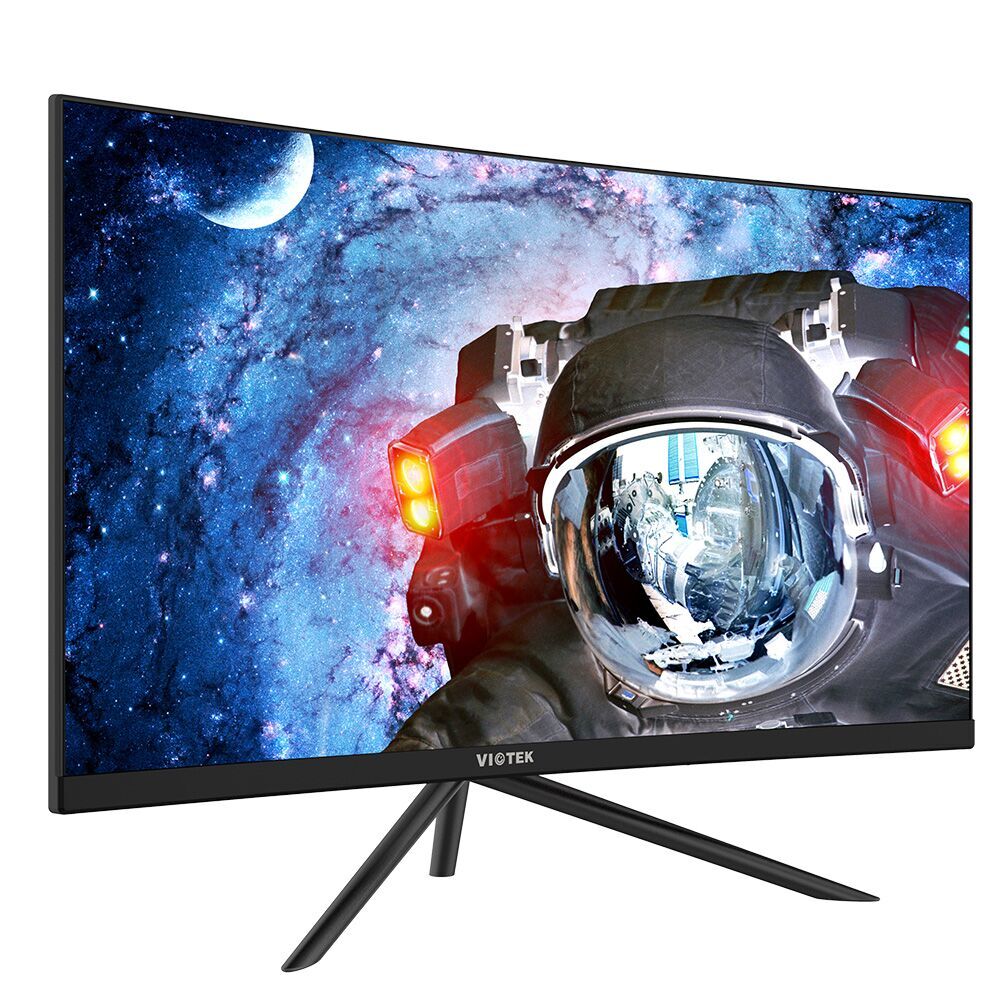2K or 4K? What’s Better on a Gaming Monitor Screen“4K” was a fancy term in high end TVs a couple years ago, and has found its way to the market of computer monitors. There are two common types of 4K: cinematic 4K and UHD. Cinematic 4K, the resolution of 4096 X 2160, is the dominant standard in the movie projection industry established by DCI, and thus is widely considered as the “true 4K.” But why do you see UHD, aka Ultra High Definition, more often? As the name suggests, UHD is a step up from full HD 1920 X 1080. Its resolution of 3840 X 2160 with a 16:9 aspect ratio is the standard in TVs, monitors, and other consumer media. 99% of the 4K monitors on the market have a UHD resolution.
The correct term for “2K” on a monitor screen should be QHD, Quad High Definition, the resolution of 2560 X 1440. Sometimes manufacturers use WQHD to emphasize the 16:9 wide aspect ratio, but they are the same thing. It has existed for a long time despite full HD’s unshakable dominance, because its higher price tag and requires more power to drive.

Naturally, a higher resolution 4K monitor is going to both cost even more and requires even more power to drive. Are the extra display pixels worth it if you want to have a better gaming experience? In 2018, should you ditch you old full HD 1080p gaming monitor and get a higher resolution one? If yes, should you go with 2K or 4K?
Here are the answers.
The extra display pixels produce gorgeous results. 2K and 4k monitors are simply great to look at. Unless you are really tight on budget, you should buy a higher resolution monitor and be set for another 3 to 5 years. Games will look sharper, and your productivity will increase because the higher resolution a monitor has, the more content it can display at once.
Sounds like a 4K monitor which has the highest resolution cannot be beat right? Why would you even consider 2K monitors? Here are the tricky parts. Spoiler alert: 2K monitors actually make more sense.
First of all, though 4K monitors have been dropping price during the last few years, they are still not as affordable as 2K ones. Here at Viotek, we offer a 27-inch 2K gaming monitor with killer specs at $369.99, which is impossible to do with a 4K screen, click here for more info.
Second, achieving 60 fps, which is the standard requirement for a smooth gaming experience, in modern games on 4K is extreme hard and costly. While you can hit 60 fps consistently on full HD and 2K with a newer graphics card such as nVidia GTX 1060 or AMD RX580 or above, the card that maintains constant 60 fps on 4K in most games just does not exist yet. Sure you can run dual or triple GTX 1080 Ti SLI to hit 60 fps in games that support SLI, but the cost of $2,000 does not make any sense. If your want to lower resolution on your 4K monitor to 2K so you can get that smooth 60 fps, guess what, it will look worse than on a native 2K screen.
Last but not least, due to the limitation of technology, 4K monitors with 144 refresh rate are still a rumor. No 144Hz is a deal breaker if you are into shooter gamings or are a gaming enthusiast in general. 144Hz reduce lag, frame losing, and screen tearing over 60Hz. 2K 144Hz monitors has entered the market for a few years now and the price in general has gone down quite a bit. Viotek GN32LD is the perfect 32-inch 2K 144Hz monitor that will bring your gaming experience to whole new level,
click here for more info.
There you have it, the sweet spot of resolution for a gaming monitor in 2018 is 2k. Though 4K is the future, don’t expect 4K gaming monitors to enter mainstream market of $600 or less.



